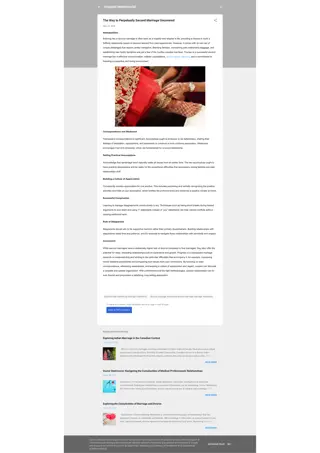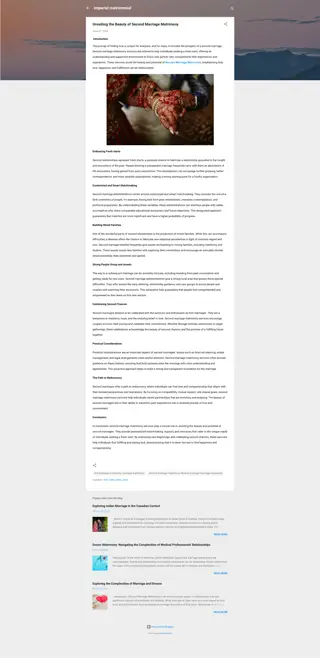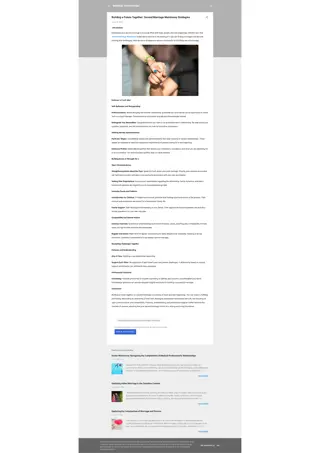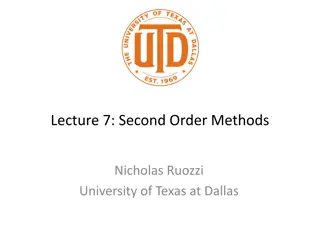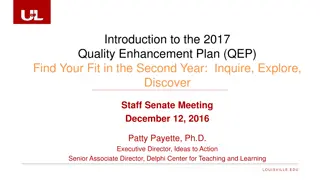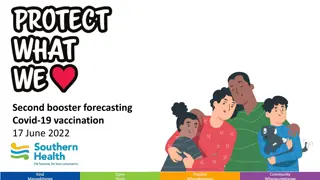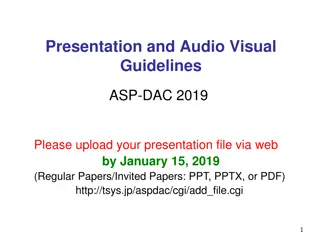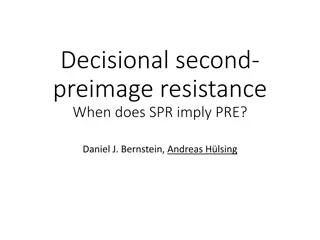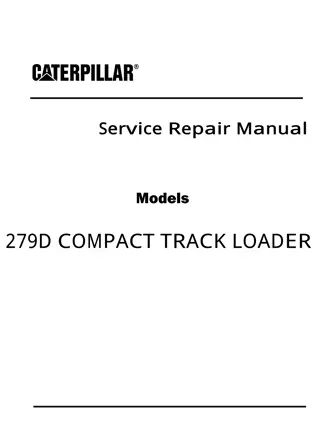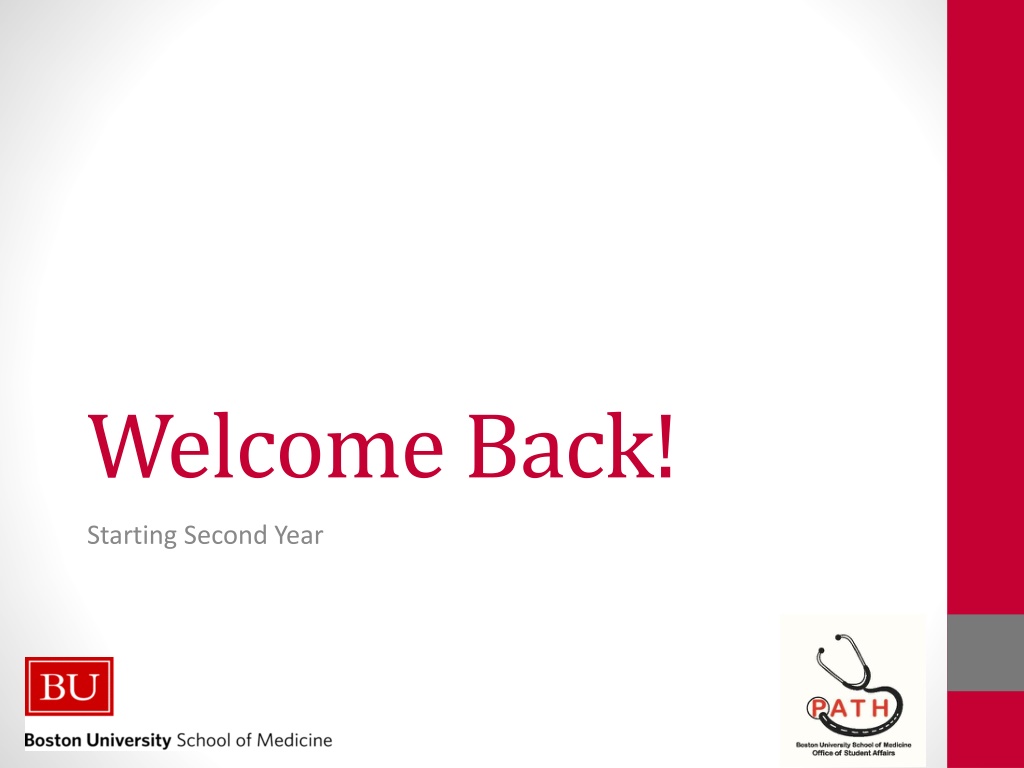
Navigating Your Second Year of Medical School Transition
Explore the key transitions from student to doctor, classroom to clinic, and normal to abnormal in your second year of medical school. Learn about increased responsibilities, time management, and preparing for exams like DRX and Step 1. Discover the importance of student activities, career exploration, self-care, and creating sustainable habits. Dive into making your career selection, advising networks, and essential milestones in your medical school journey.
Download Presentation

Please find below an Image/Link to download the presentation.
The content on the website is provided AS IS for your information and personal use only. It may not be sold, licensed, or shared on other websites without obtaining consent from the author. Download presentation by click this link. If you encounter any issues during the download, it is possible that the publisher has removed the file from their server.
E N D
Presentation Transcript
Welcome Back! Starting Second Year
Second year is about transitions Student to Doctor Normal to abnormal Classroom to clinic Increased responsibilities with patient information, individual choices Time management - preparing for DRX and Step 1
What should you be doing? Student activities, leadership roles Career Exploration But what does that mean?? Hanging out with friends and family Learning how you learn the best Having bad days, but Having more good days than bad Aware of what you do when you are stressed Creating habits that will sustain you moving forward
Making your career selection Exploration Starting in the your 1st year, through 2nd year, gain exposure to different careers options and specialties Decision During your clinical rotations in your 3rd year, start narrowing down your career options and start thinking about the residency application process Application Once you have identified your preferred specialty, apply for residency 3rd year Career Fair - Speed Dating Meeting with 4th year students and Program Directors Class Meetings CiM 4th Year Field Specific Advisors OSA Dean meetings ERAS updates and timelines Workshops - Personal Statement development, Interviewing Skills CiM 1st and 2nd Year Career Exploration Fair Career Interest Group Activities Shadowing Opportunities Faculty Advisors OSA Dean Advisors Careers in Medicine (CiM)
Advising Network Program Description Advisors roles will change as you progress through medical school and beyond. The Advising Network allows you to develop a variety of mentoring relationships with individuals, tailored to specific career development needs. Golf at 7am Ut enim ad minim veniam, quis nostrud exercitation ullamco laboris nisi ut aliquip ex ea commodo consequat.
PATH Components Milestones First Year Second Year (a) report unprofessional behavior but not engage in gossip (b) receive feedback appropriately (c) communicate verbally and electronically with a professional tone (d) adhere to institutional timelines (e) dress appropriately (f) demonstrate good listening skills (g) effectively manage interpersonal conflicts (h) participate meaningfully in student activities (i) Begin process of understanding yourself, moving towards career selection (a) maintain confidentiality in all roles, e.g. tutors, peer mentors (b) demonstrate effective team building in student activities (c) demonstrate initiative in projects and activities (d) participate in advising, tutoring and peer mentoring (e) continue process of understanding yourself, moving towards career selection P Professional Identity Formation
PATH Components Milestones First Year Second Year (a) aware and effectively uses available resources for professional growth and personal wellbeing (b) explore career interests by seeking advisors and interest groups (c) seeks support as needed from resources, including the Office of Academic Enhancement (d) identify areas to improvement and grow and (e) engage in self-reflection (a) engage in research, shadow opportunities or service learning in field of consideration (b) able to self-assess and problem solve (c) effectively use your advisor and develop new mentoring relationships (learn the questions you need to ask) A - Advancing to Residency through Mentoring and Advising (a) able to identify sources of stress (b) develop ways to adapt to medical school and reach out for help in anticipation of challenges (d) identify and participate in activities to decrease stress (e) maintain healthy relationships (f) manage curricular and extra- curricular activities T Technique Acquisition in Lifelong Learning, Resiliency and Wellness (a) work on balancing life and curriculum and to demonstrate resilience when faced with setbacks (b) demonstrate flexibility when preferences not always met (c) time management skills (d) continues to maintain exercise and extra-curricular activities while balancing demands of 2nd year
PATH Components Milestones First Year Second Year (a) mentor 1st year students through tutoring and extra- curricular activities (b) critically reflect on personal values, limitations and develops strategies that promote compassion (c) Show care and concern for patients (a) show care and concern for classmates (b) treat patients, peers, faculty, and staff with respect H - Humanism and Advocacy



